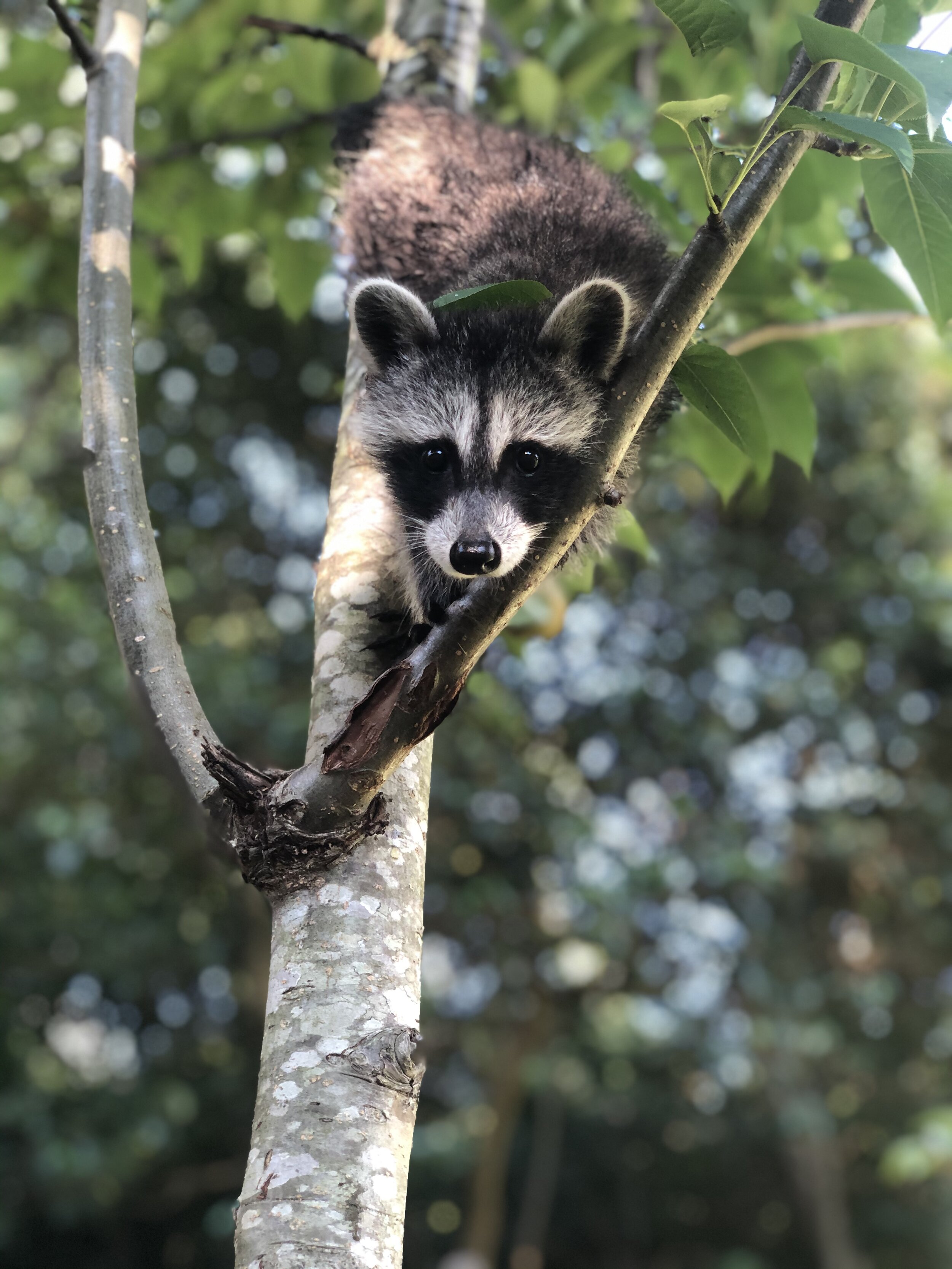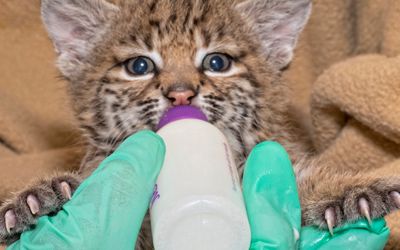Understanding the Need for Animal Control Burlington in Urban Environments
Understanding the Need for Animal Control Burlington in Urban Environments
Blog Article
Typical Difficulties and Solutions in Urban Wildlife Removal Initiatives
Urban settings existing unique challenges for wildlife administration experts charged with removing or handling wildlife populaces. These obstacles usually intersect with moral considerations, lawful frameworks, and the safety of both animals and humans. Public resistance and misunderstandings even more make complex these efforts, necessitating innovative, non-lethal solutions and durable area outreach. Recognizing the intricacies included in metropolitan wildlife removal is essential for developing strategies that stabilize human security with wildlife well-being. What methods have proven most efficient, and exactly how can communities be better involved to sustain these initiatives? This discourse looks for to discover the detailed equilibrium needed for successful urban wild animals monitoring.
Ethical Wild Animals Management
Addressing the intricacies of ethical wildlife monitoring calls for a balance in between human interests and the preservation of wild animals environments. In urban settings, this equilibrium ends up being progressively tough as human expansion encroaches on wildlife environments, resulting in regular human-animal communications. Ethical wildlife management in these environments needs strategies that prioritize gentle therapy of animals while alleviating possible conflicts.
One of the core principles in ethical wild animals administration is the avoidance of injury. This includes using non-lethal techniques for wild animals elimination, such as exemption techniques that stop pets from getting in human dwellings, or utilizing deterrents that lead them away from metropolitan areas. Wild animals specialists are entrusted with using methods that minimize tension and injury to the animals, guaranteeing their well-being is thought about along with human safety.
In addition, ethical management needs educated decision-making based upon clinical study and eco-friendly understanding. It is necessary to evaluate the environmental functions of urban wildlife and how their removal might impact neighborhood biodiversity. Specialists have to additionally take part in public education and learning, promoting a more comprehensive awareness of coexistence techniques and emphasizing the importance of preserving all-natural environments. Eventually, efficient honest wildlife management entails cooperation in between guardians, policymakers, and the public to maintain metropolitan ecosystems.
Navigating Legal Constraints
Browsing the legal landscape of metropolitan wild animals elimination provides an intricate layer to the already difficult job of moral wild animals management. These legislations differ dramatically throughout areas, necessitating extensive understanding and conformity from those entailed in wildlife management - burlington wildlife rescue.
One significant challenge is the constant advancement of these regulations, typically driven by ecological modifications and social perspectives towards wildlife conservation. Specialists have to continue to be enlightened regarding present legal requirements and forthcoming legal adjustments. Non-compliance can result in considerable charges, legal ramifications, and reputational damage.
Building connections with wild animals companies and legal professionals can offer beneficial insights and guidance. Therefore, understanding and adhering to lawful frameworks is not just a procedural need but a basic component of liable and sustainable metropolitan wild animals management.

Security in Elimination Practices
Making certain safety and security in wild animals removal practices is critical to safeguarding both human and animal welfare. A key problem in wild animals see post removal is the potential for injury or condition transmission to people, requiring the use of individual safety devices (PPE) such as handwear covers, goggles, and masks.
Safe removal techniques likewise consist of the use of gentle traps made to stop injury. These traps need to be frequently monitored to make sure that pets are not left in distress. Furthermore, it is essential to stick to standards that dictate the suitable handling, transportation, and launch of recorded wildlife, making sure that the pets are returned to appropriate environments where they can thrive without presenting more risks to metropolitan settings.
Moreover, education and learning and training for those involved in wildlife elimination are crucial. This guarantees that all celebrations know the most recent security procedures and methods, therefore decreasing the chance of accidents and promoting a harmonious coexistence between metropolitan occupants and wild animals.
Cutting-edge Deterrent Solutions
While safety and security in wildlife removal is vital, stopping experiences with metropolitan wild animals via cutting-edge deterrent remedies can significantly decrease the requirement for such treatments. Urban settings, with their wealth of food and sanctuary, usually attract wild animals like raccoons, squirrels, and pigeons, leading to potential conflicts. Advancements in innovation and style have paved the means for efficient and innovative deterrent methods that lessen wild animals presence without injury.
One such option is making use of ultrasonic devices, which discharge high-frequency audios inaudible to human beings yet unpleasant for various wild animals varieties, driving them far from specific areas. In addition, motion-activated sprinklers can deter pets by startling them with sudden ruptureds of water, successfully preventing their return. These devices are specifically beneficial in safeguarding yards and eco-friendly spaces from foraging pets.

Additionally, the integration of wise lights systems that adjust their brightness and shade can disrupt the nighttime tasks of specific wild animals, decreasing their convenience Full Report in city settings. Physical barriers, such as bird spikes and nettings, remain to work as useful deterrents, protecting against animals from nesting or roosting in unfavorable places. Emphasizing humane and eco-friendly strategies, these technologies hold pledge for lasting metropolitan wild animals administration.
Community Education And Learning Campaigns
Recognizing the relevance of community education efforts is critical in addressing urban wildlife difficulties successfully. Such efforts play a significant function in promoting coexistence between people and wild animals in metropolitan setups by raising awareness and advertising liable behaviors. Enlightening locals regarding regional wildlife species, their habitats, and weblink behaviors can lower misconceptions and anxiety, bring about even more enlightened choices pertaining to wild animals monitoring.
Neighborhood education efforts frequently consist of workshops, seminars, and outreach programs designed to engage homeowners of every ages. These initiatives can concentrate on useful recommendations, such as securing waste containers, setting up bird-friendly frameworks, and preventing feeding wildlife, which assists prevent bring in pets into metropolitan areas. By sharing expertise concerning the environmental duties of wildlife, areas can change point of views from seeing animals as hassles to acknowledging their value within city environments.
Residents who comprehend the relevance of wildlife preservation are a lot more most likely to sustain humane removal methods and environment security measures - wildlife rescue burlington. Efficient neighborhood education and learning requires collaboration between regional authorities, wildlife professionals, and area leaders to create tailored programs that address certain city wild animals issues.
Final Thought
Urban wildlife removal calls for a complex strategy, dealing with moral management, legal conformity, and safety and security in removal methods. Effective city wildlife administration pivots on cooperation among professionals, citizens, and authorities, ensuring methods that secure human safety while appreciating wildlife welfare.
Urban settings present distinct obstacles for wildlife administration professionals charged with taking care of or getting rid of wildlife populations. Understanding the complexities included in city wildlife elimination is critical for creating techniques that stabilize human safety with wild animals welfare.Browsing the legal landscape of metropolitan wild animals elimination offers an intricate layer to the currently difficult task of moral wildlife administration.While safety in wildlife elimination is vital, protecting against experiences with metropolitan wildlife with innovative deterrent solutions can considerably minimize the need for such interventions. Successful metropolitan wild animals administration pivots on cooperation amongst citizens, authorities, and professionals, guaranteeing strategies that safeguard human security while valuing wildlife welfare.
Report this page